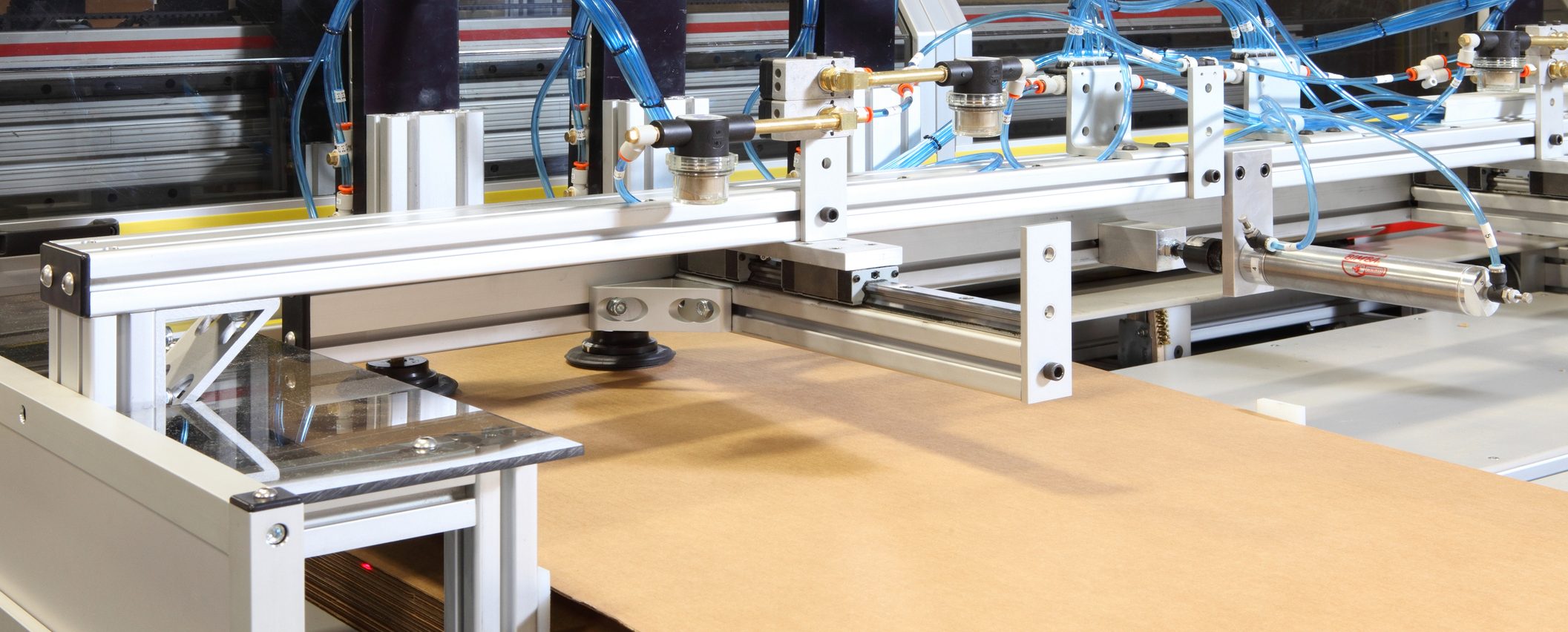Packaging is a strategic component in the supply chain and must fulfil functional, economic and design-oriented requirements. In addition to protecting the product and preserving quality features (e.g. flavour retention, light or moisture barrier), packaging makes a significant contribution to brand positioning and differentiation from the competition. The challenge of efficiently reducing packaging costs and maximising sustainability requires an in-depth analysis of all relevant cost structures and drivers. The most important prerequisites for sustainable optimisation of packaging costs along the value chain can be summarised as follows:
- Material costs: The costs of the used packaging materials are a significant influencing factor. Although low-cost materials such as disposable plastic inserts offer cost advantages on the procurement side, they can quickly lead to expenses in the area of disposal or return of the inserts (they also harbour long-term regulatory risks, e.g. possible bans on disposable plastics) and ecological risks (e.g. damage to image due to negative environmental impact and rising disposal costs).
- Transport costs: Packaging has a significant impact on weight and volume during transport. Lightweight and space-saving disposable packaging leads to economies of scale in logistics management and reduces the variable costs per transport unit, as less energy is required and the loading capacity is optimised. Reusable packaging causes additional logistics costs for the return of empty packaging units, which in turn influence the overall cost profile.
- Efficient storage: Packaging should be designed to optimise space utilisation in the warehouse. Stackable or foldable packaging supports capacity utilisation and reduces storage costs per unit, resulting in improved working capital management.
- Packaging costs per unit: The packaging costs per unit should be in relation to the production costs and the unit price of the end product. Especially for high-volume, low-priced products, the unit cost of packaging has a significant impact on the gross margin. Regular audits and benchmarking of packaging standards help to respond to market changes and dynamic price developments.
- Production and handling costs: Efficient packaging should be highly automatable in production and filling in order to reduce process costs in the value chain. A well thought-out supply chain design that covers the entire life cycle, i.e. from initial filling to removal and, if necessary, return, minimises the total cost of ownership (TCO) and improves operational efficiency in the long term.
- Costs for return and recycling: Return and recycling are essential factors in the overall cost-effectiveness of the packaging solution and should be integrated into the life cycle costs in order to fulfil regulatory requirements and ecological standards.

Reduce costs sustainably
Discover our cost engineering solutions for your company’s success.
Benefit from 20 years of experience
Would you like to optimise a product, need help with purchasing, negotiating with suppliers or improving your production processes? Our cost engineering experts will be happy to provide you with further information.
